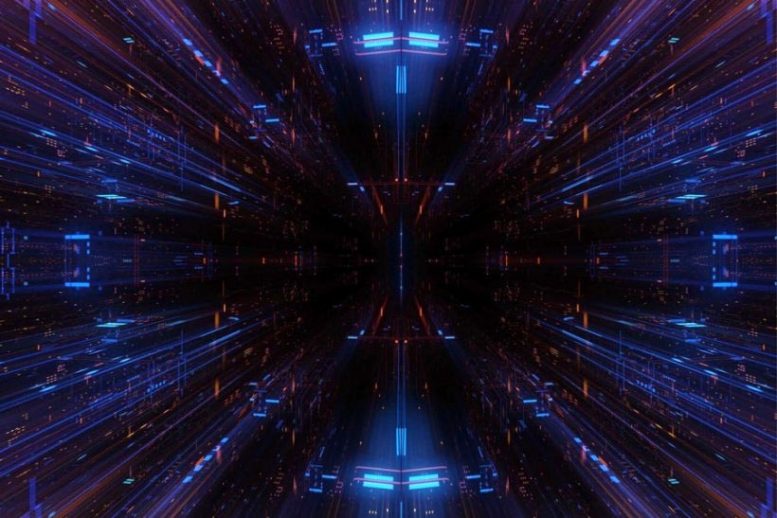
Stakeholders from government, national laboratories, universities, and industry came together at DOE’s Quantum Internet Blueprint Workshop to identify research objectives and milestones to speed development of our nation’s quantum internet. Credit: Image courtesy of the Department of Energy’s Office of Science
Today’s internet connects us globally. It sends packets of information that carry our communications in classical signals – sent by bursts of light through optical fibers, electrically through copper wire, or by microwaves to make wireless connections. It is fast and reliable. So why develop a quantum internet that uses single photons – the smallest possible quantum of light – to carry information instead?
Because there are new scientific domains to explore. Quantum physics governs the domain of the very small. It allows us to understand – and use to our advantage – uniquely quantum phenomena for which there is no classical counterpart. We can use the principles of quantum physics to design sensors that make more precise measurements, computers that simulate more complex physical processes, and communication networks that securely interconnect these devices and create new opportunities for scientific discovery.
Quantum networks use the quantum properties of photons to encode information. For instance, photons polarized in one direction (for example, in the direction that would allow them to pass through polarized sunglasses) are associated with the value; one, photons polarized in the opposite direction (so they don’t pass through the sunglasses) are associated with the value zero. Researchers are developing quantum communication protocols to formalize these associations, allowing the quantum state of photons to carry information from sender to receiver through a quantum network.
Quantum networks use uniquely quantum phenomena, like superposition, no-cloning, and entanglement that are not available to classical networks. Before the photon is measured, it exists in a superposition of all its possible quantum states, each with a corresponding probability. Measurement selects one among these states. In fact, the photon’s quantum state cannot be measured without causing a disturbance that betrays the attempt. Nor can an arbitrary, unknown quantum state be copied – no cloning allowed. A properly designed and operated quantum network derives inherent security from this behavior.
But if the photon cannot be copied, how can the communication be amplified to reach distant recipients? This is where the quantum phenomenon of entanglement enters the picture. The quantum state of each entangled photon is correlated with that of its entangled partners, regardless of their distance apart. Quantum network repeaters are being developed that use entanglement to extend the range of quantum networks.
Will the emerging quantum internet make today’s classical internet obsolete? Not at all. The strengths of quantum networks are complementary to those of classical networks. We will reap the greatest benefit in the long run by incorporating both classical and quantum networks in an internet with capabilities that exceed what is possible with either technology on its own.
DOE Office of Science: Contributions to Quantum Networks
The DOE Office of Science delivers scientific discoveries and major scientific tools that will transform our understanding of nature and advance the energy, economic, and national security of the United States. At the DOE Quantum Internet Blueprint Workshop, participants set as a priority research objective the accelerated development of the building blocks of the quantum internet, including quantum network repeaters that use entanglement. Other research priorities seek to integrate these building blocks to create a reliable multi-hop network that controls the route of flying qubits and corrects for errors.












